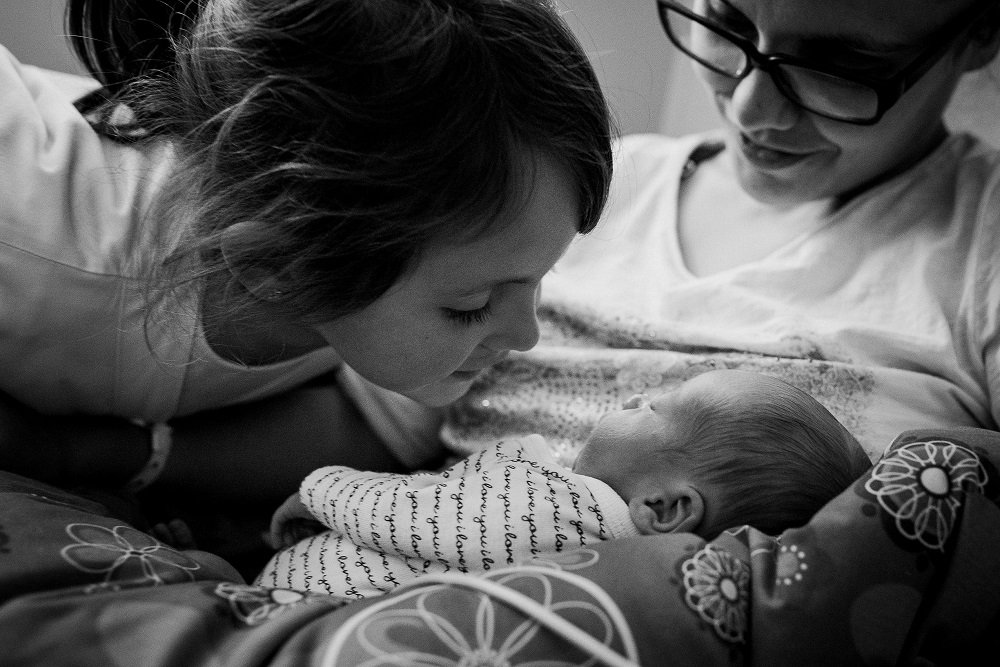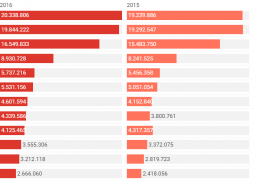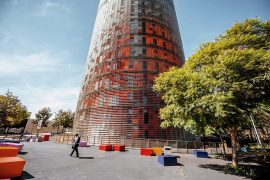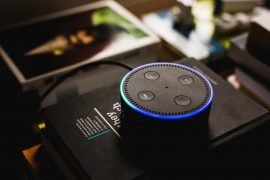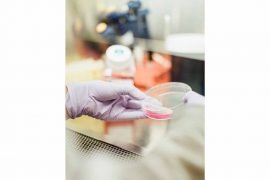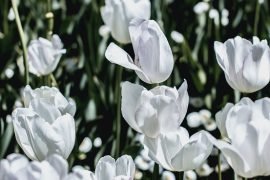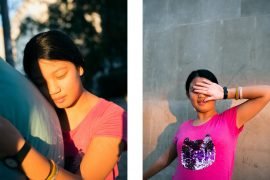[dropcap letter=”T”]
he toughest experiences in life are the ones that develop stronger bonding. Mireia Navarro, Manu Mestre and Victòria Peñafiel bear witness to that statement. Three years ago, they decided to capture with their cameras unique moments in the fight for life at the Intensive Care Unit (ICU) for newborns, in the hospitals Vall d’Hebron, Can Ruti and Clínica Dexeus. “Everything started with an initial conversation with Victòria, as we knew each other and had worked together in other charity projects. After going through similar situations with our own children, we realised we had no photos from those tough times”, says Mireia. They carried forward a joint project to foster the ‘Dits Petits’ (Small fingers) association, in an attempt to capture these complicated and yet special times for families. That’s how this project kicked off, and families who have to spend long hours at the ICU, or go through postpartum disorders and have pent-up anxiety, can, voluntarily, have good memories of that time.
The ‘Dits Petits’ association is currently composed by nearly twenty volunteer photographers moving around different Catalan hospitals. The mutual agreement between the association and hospitals enables these photographers to capture unique moments between families and newborns who happen to meet in such a special location as an intensive care unit. “We believe these snapshots have a healing power that can help people go through these hard times better”, says Victòria. Currently, the association offers free services to three hospitals from the province of Barcelona and have now signed an agreement with the ICS that will disseminate its task across Catalonia.
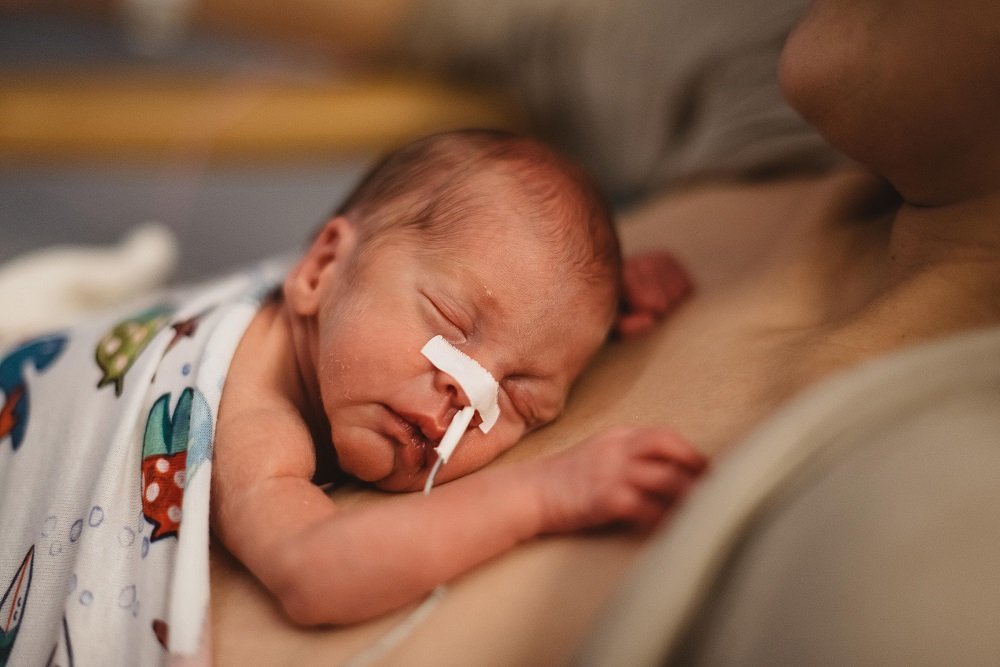
For those parents with children in hospital, this is one way of having memories of those times when the last thing one thinks about is taking photographs. This is confirmed by Davínia, a woman from Sant Vicenç dels Horts who gave birth to Joel in her 30th week of pregnancy at the Vall d’Hebron, after nearly two months resting from her premature rupture of amniotic sac. “When the early days of this newborn baby are so difficult, nobody thinks about retaining these events, and yet, those are memories that they will want to re-live once the child grows up”, says she. When she was in her clinic bedroom, she received a note saying: “You can take care of your child, we’ll take care of the pictures”. And this is what she did. She allowed Mireia and her camera in her daily life, from corridors to hospital rooms, and let her join in a journey that seemed to have no light at the end of the tunnel. “In this moment, all you see is cables and tubes all over your baby, and the last thing you think about is taking photos of that. We had pictures in our mobiles, but they were private”, Davinia says, still moved, as she remembers these sensitive times. “Our experience of a professional photographer taking pictures of us came naturally. This is how we managed to get the moment recorded when Lucía, my eldest daughter, 4 years of age, was admitted to intensive care and, for the first time, held her younger brother’s little hand. Had Mireia not been there, we would not have this memory now”. These photos became our way of getting rid of tension and fear we had gone through in hospital. As time goes by, when we look at the photos, we remember “the difficult times and the overwhelming feeling of frustration, pain and fury, but also we can appreciate that it was worth enduring those tough times and feel proud about Joel’s fight and how we worked it through”, this now-happy-mother recalls.
This is, however, an enriching two-way experience. For Manu, one of the photographers in the project, this is “mainly an amazing and enriching experience because people are so grateful”. Part of the attraction of these pictures is that they are so intimate, and capture the physical contact between parents and newborn, skin to skin. “We prefer it when we can keep track and document the newborn’s progress, as we establish a closer bond with the parents, and when they finally go back home, it’s a great experience”, says Mireia, as she clearly remembers Joel’s case, because she took pictures of him from his earliest days.
Unfortunately, some of these babies do not make it through. “We even take pictures of them, and in these cases the photos have a different value, even higher, because they often help the family get over the pain”, says the photographer of ‘Dits Petits’.
If a family wants to keep a photo track of their newborn from premature birth until the child finally goes home, they can contact the hospital, and in turn the hospital will contact the association. ‘Dits Petits’ has a “franchise” in Galicia called ‘Dediñas’ made up of a group of photographers who also capture all the beauty out of painful times.
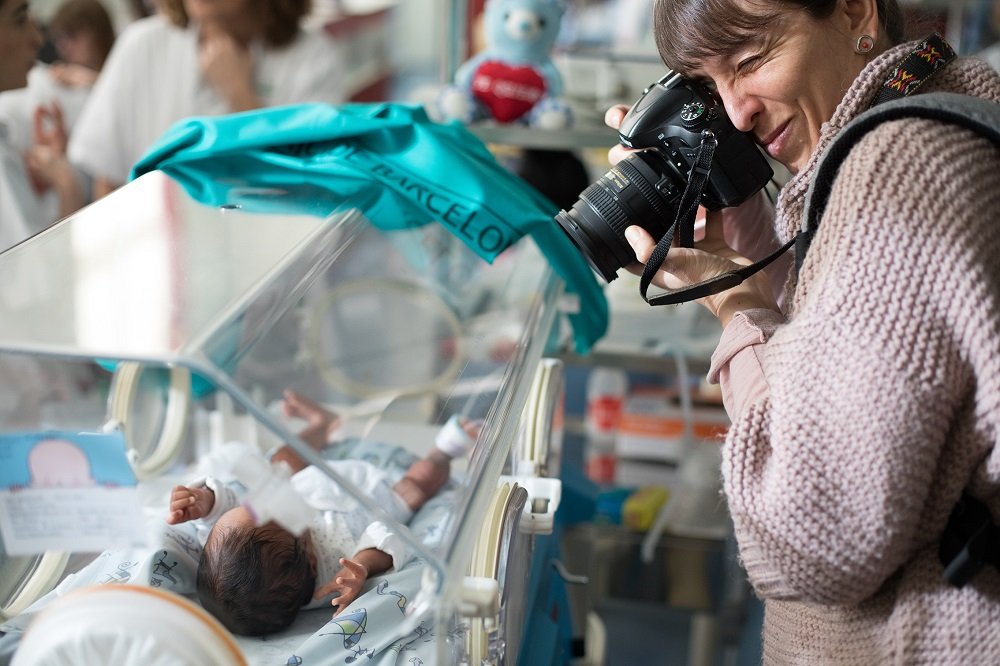
LITTLE OCTOPUSES FOR PREMATURE BABIES
Amidst the premature babies surrounded by cables and machines, we find little big-headed octopuses with eight little legs, with bright colours that bring light into the darkness. We can find them in most Catalan hospitals, in neonate units, and are designed by several “guardian angels “, members of associations and NGOs or private anonymous people who devote their time to improving babies’ lives.
In the ‘Popets Solidaris‘ website, there are detailed instructions on how to download the pattern to create the little octopus, the type of thread and the different types of hypoallergenic artificial filling required to manufacture it.
This charitable initiative has allowed to discover that these eight-legged octopuses can help these newborns to get better before the 37 weeks. This idea originated in Denmark in 2013 and has been exported across Europe.

